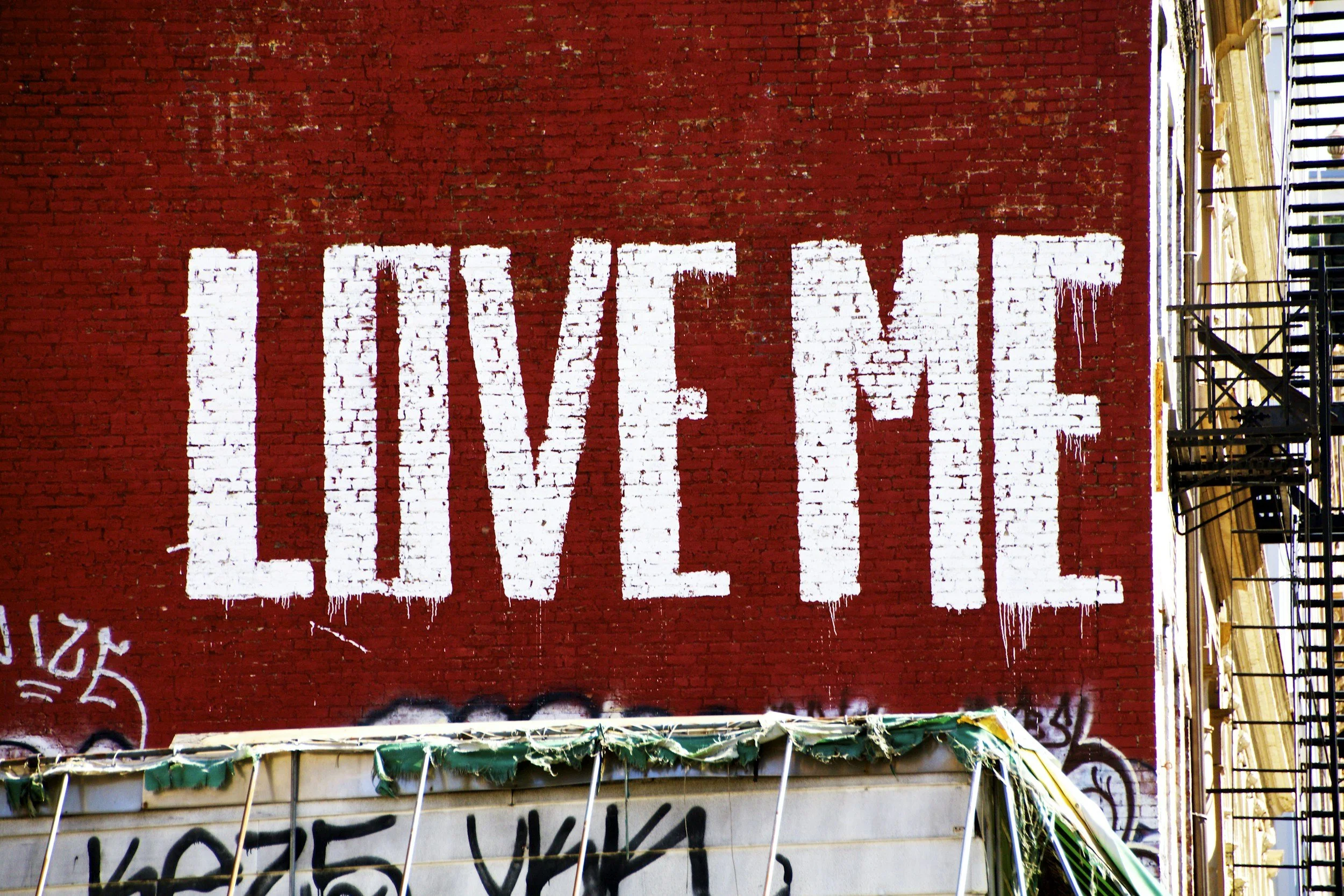Practice makes imperfect
The older I get, the more I appreciate imperfection. The less I trust what looks flawless.
When the peppers at Sprouts look too-much alike, I know fertilizer was involved.
When my 60-year-old friends have perfectly spaced, inch-long eyelashes, I know there’s been glue.
And when couples report cohabitational bliss after months of going nowhere, I wonder what they’ve been smoking.
Last week, I bit down hard on a piece of dried ginger and cracked a molar. The ceramic crown is much more perfect than my original tooth, which had a 50-year-old amalgam and a visible ridge.
So I’m willing to admit: the clean white surface looks better than my other yellowed chompers. And I’m glad to be rid of the mercury.
Perfection has its place, I suppose. And it’s good to feel content.
And because practice is supposed to make perfect, we continue to strive. We read the books. We do the work. We expect others to do the same.
No wonder It’s so hard to embrace imperfection. We can’t bear to acknowledge the flaws in ourselves and others. So we put on a show. We lock our hearts and our doors. And we stick to the stories we’ve been telling for years.
But what if we make imperfection our goal?
What if we get out of bed each day and expect our attempts to be feeble, and our quaranteammates to need our support?
What if we leave the bed unmade and admit we’re just fumbling in the dark? What if we practice each day at being a little more imperfect?
Because being imperfect—embracing imperfection—is our only hope right now.
Life is going to shit, and none of us should be in it alone.
And no one out there (or in here) is perfect.






